A favorite, very quick soup that now appears at potlucks and “pachamama” celebrations. Let me tell you, people all over South America as well as France are now enjoying this basic, smooth, lush soup with a touch of a crunch! (Thanks to the fiber in the unblended quinoa.)
It is my own creation and I´m told it´s even better than the classic Ecuadorian quinoa soup that requires pork and potatoes. I began promoting it in my first cookbook that has now sold 50,000 copies. This Lent it also highlights the non-meat tradition of limiting, but you will not feel you are fasting when you taste this insanely delicious soup. A cream soup with no cream becomes rich and elegant thanks to ground peanuts or pepitas (pumpkin seeds). Really, the original version I did with peanuts, but now with so many allergies around, I find it is also very good, perhaps even better with pepitas.
This is my go-to, comfort food. I like adding one whole, fresh chili pepper to the simmering soup to get a bit of spunk! Merely cut a slit in the chili and add it whole.
And remember, quinoa is a complete protein; native Andean women, before the coming of Spaniards, instinctively knew that its value compared to mother´s milk and used quinoa as a weaning food.
To balance your diet and get all the macro and micronutrients, serve this cream soup with a green salad, or nice crunchy vegetable strips. And then, top off the meal with real, fresh fruit.
Quinoa cream soup with no cream
1 1/3 cup rinsed quinoa (any color, even though the regular beige/white one is excellent)
6 cups water
Scallion sauté:
1 tablespoon butter
annatto paste (optional, merely to give color)
2/3 cup minced scallions
4 tablespoons smooth natural peanut butter or 5 tablespoons dry-roasted pepitas
2 cups milk
salt
(1 fresh chili pepper, Serrano or Jalapeño - optional)
Cook the quinoa in the water for 10 minutes in an Instant-Pot (the term now being used for my good old pressure cooker) or 30 minutes in a regular pot until each grain is opened and the tiny white germ is no longer curved around the transparent inner part.
Prepare the sauté: heat the butter (and annatto paste, if using); add the scallions and sauté over low heat until transparent.
Blend one third of the cooked quinoa with the peanut butter or ground pepitas (pumpkin seeds), sauté and milk.
Add the blended mixture to the rest of the cooked quinoa. Add salt (and the fresh chili, if using) and merely heat for a few minutes or until thickened. Stir while heating to avoid sticking.
Makes 6 servings.



















